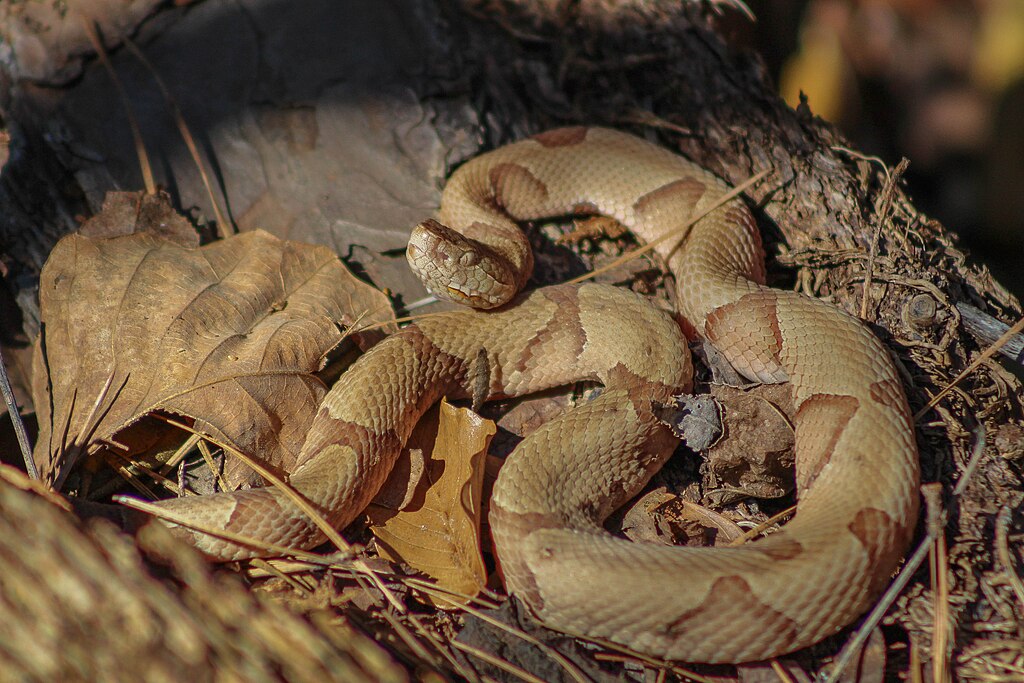Snakes are fascinating creatures with complex behaviors that often shift dramatically with the seasons. While many animals display territorial behaviors year-round, numerous snake species exhibit territoriality primarily or exclusively during their breeding season. This seasonal shift in behavior represents a fascinating adaptation that balances energy conservation with reproductive success. Understanding why and how snakes modify their territorial instincts throughout the year provides valuable insights into reptilian behavior, evolution, and survival strategies. From hormone-driven aggression to resource competition, the factors that influence snake territoriality during breeding seasons are both diverse and interconnected.
The Fundamentals of Snake Territoriality
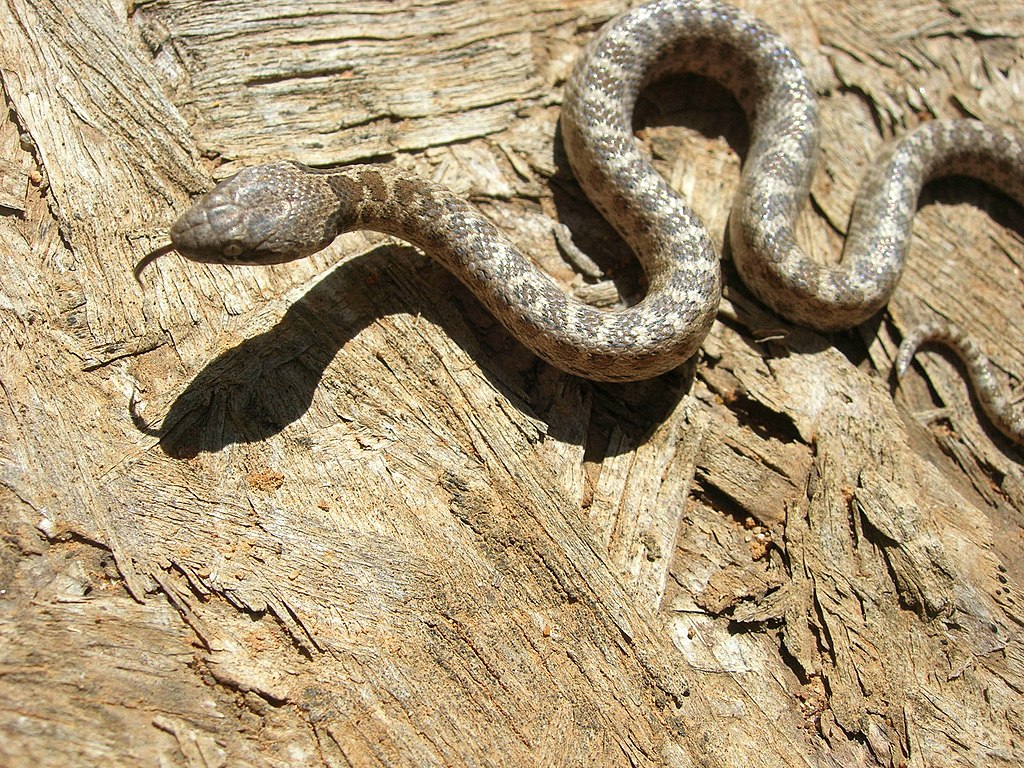
Unlike mammals that commonly defend fixed territories year-round, most snake species exhibit a more flexible approach to territorial behavior. Territoriality in snakes typically involves defending areas that contain valuable resources such as shelter, basking sites, or prey-rich hunting grounds. During non-breeding periods, many snakes display minimal territorial aggression, often tolerating the presence of conspecifics within their range without conflict. This energy-conserving strategy allows snakes to focus on feeding and growth during the majority of the year. However, this relatively peaceful coexistence transforms dramatically when breeding season arrives, with many species becoming fiercely protective of specific areas or access to potential mates. This seasonal territoriality represents an evolutionary trade-off between the energy costs of aggressive defense and the reproductive benefits of securing mating opportunities.
Hormonal Triggers Behind Seasonal Territoriality

The dramatic shift to territorial behavior during breeding season is largely driven by hormonal changes within a snake’s body. Male snakes experience significant increases in testosterone and other androgens as breeding season approaches, triggering physical and behavioral changes that prepare them for reproduction. These hormonal surges create physiological changes that increase energy levels, aggression, and competitive drive. Female snakes also undergo hormonal shifts, though these typically manifest in different behaviors such as pheromone production and receptivity rather than territorial aggression. The timing of these hormonal cycles is often synchronized with environmental cues such as day length, temperature patterns, or seasonal rainfall. This hormonal orchestration ensures that territorial behaviors emerge precisely when they provide reproductive advantages, without unnecessarily depleting energy reserves during other parts of the year.
Male Combat Rituals During Breeding Season
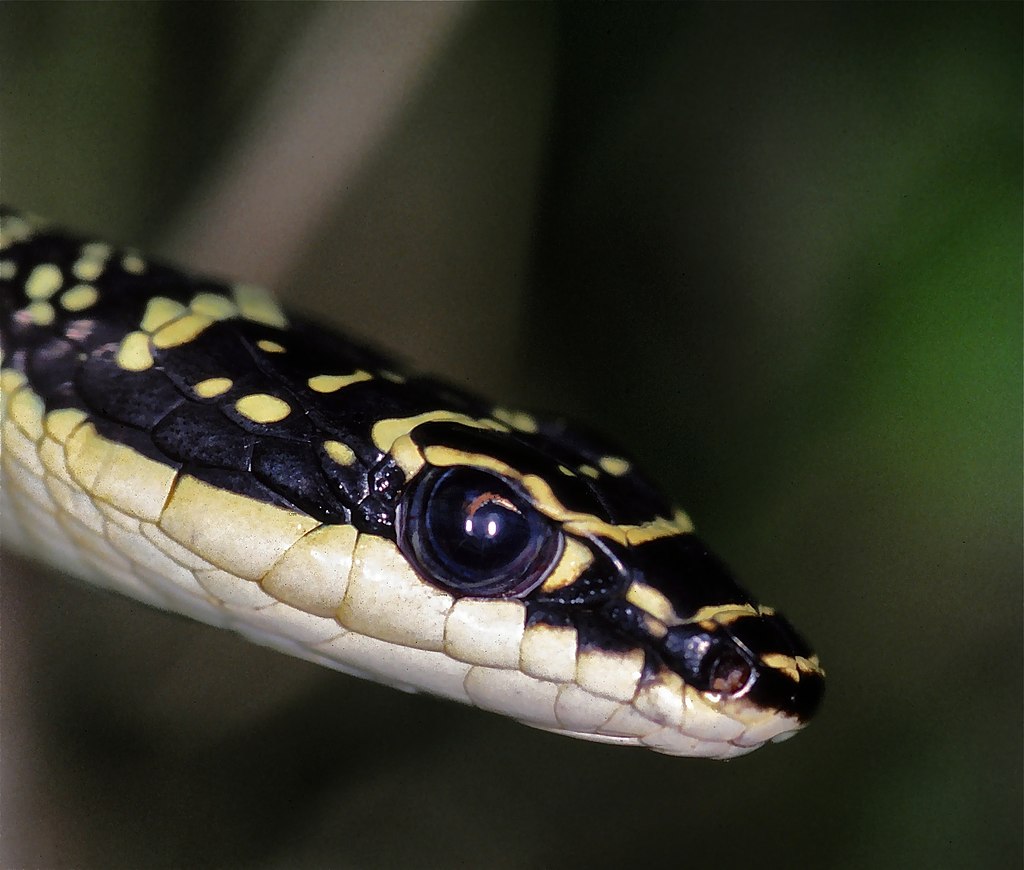
One of the most dramatic manifestations of breeding season territoriality is the ritualized combat observed between male snakes of many species. These confrontations typically involve males intertwining their bodies and attempting to pin each other’s heads to the ground or push opponents away from a desired area. In species like rattlesnakes, black mambas, and king cobras, these wrestling matches can be elaborate spectacles with complex rules that rarely result in serious injury to either contestant. The winner of these combat rituals gains access to receptive females within the territory, while losers typically retreat to seek mating opportunities elsewhere. These combat behaviors are almost exclusively observed during breeding season, when the reproductive benefits outweigh the energy expenditure and injury risks. The highly specialized nature of these interactions suggests they evolved specifically as breeding season adaptations rather than general territorial behaviors.
Resource Defense Versus Mate Guarding
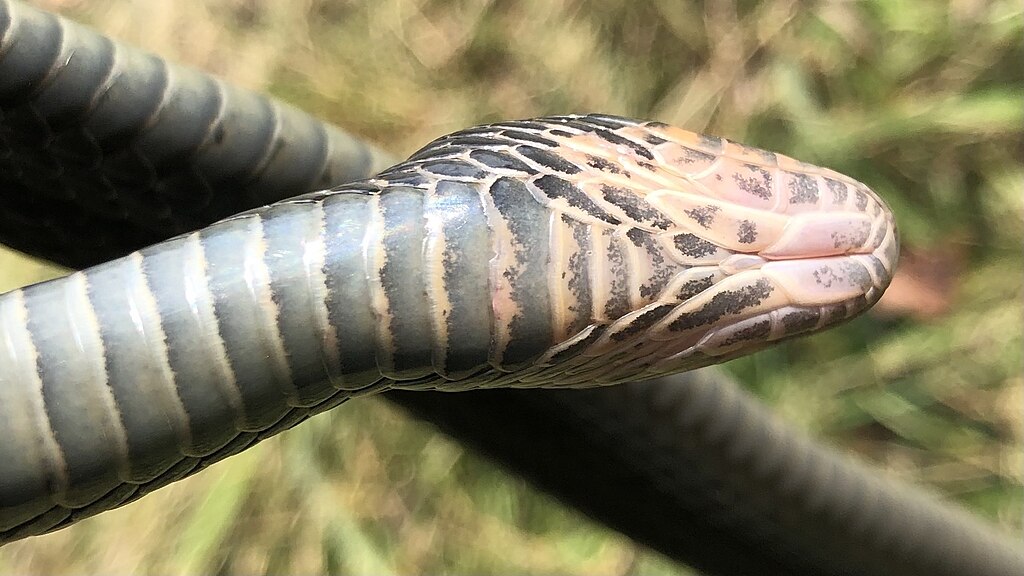
Snake territoriality during breeding season can take two distinct forms: resource defense or direct mate guarding. In resource defense, males protect areas that are likely to attract females, such as prime basking sites, shelter locations, or food-rich hunting grounds. By controlling these resources, males increase their chances of encountering receptive females without necessarily interacting with them directly beforehand. In contrast, mate guarding involves males remaining close to specific females before they become receptive, fending off rival males who approach. Some species, like certain rattlesnakes, practice both strategies simultaneously, defending a territory while also guarding females they encounter within it. The specific strategy employed often relates to the species’ mating system, population density, and habitat structure. These breeding-season territorial behaviors disappear once mating opportunities end, indicating their specific reproductive function rather than general territorial instincts.
Energy Conservation Outside Breeding Season

The seasonal nature of snake territoriality is closely tied to energy conservation strategies critical to reptilian survival. As ectothermic creatures, snakes have limited energy budgets and must carefully allocate resources between maintenance, growth, and reproduction. Territorial defense requires significant energy expenditure through increased movement, combat, and vigilance. During non-breeding seasons, this energy is better invested in hunting, digestion, and building fat reserves for future reproductive efforts. Many snake species become particularly sedentary outside breeding season, minimizing unnecessary movements and confrontations that would deplete valuable energy stores. This energy conservation strategy is especially important in temperate species that may face winter hibernation or dry-season aestivation, when substantial energy reserves are essential for survival. The selective expression of territoriality only during breeding season thus represents an elegant solution to the competing demands of reproductive success and energy conservation.
Ecological Impacts of Seasonal Territoriality
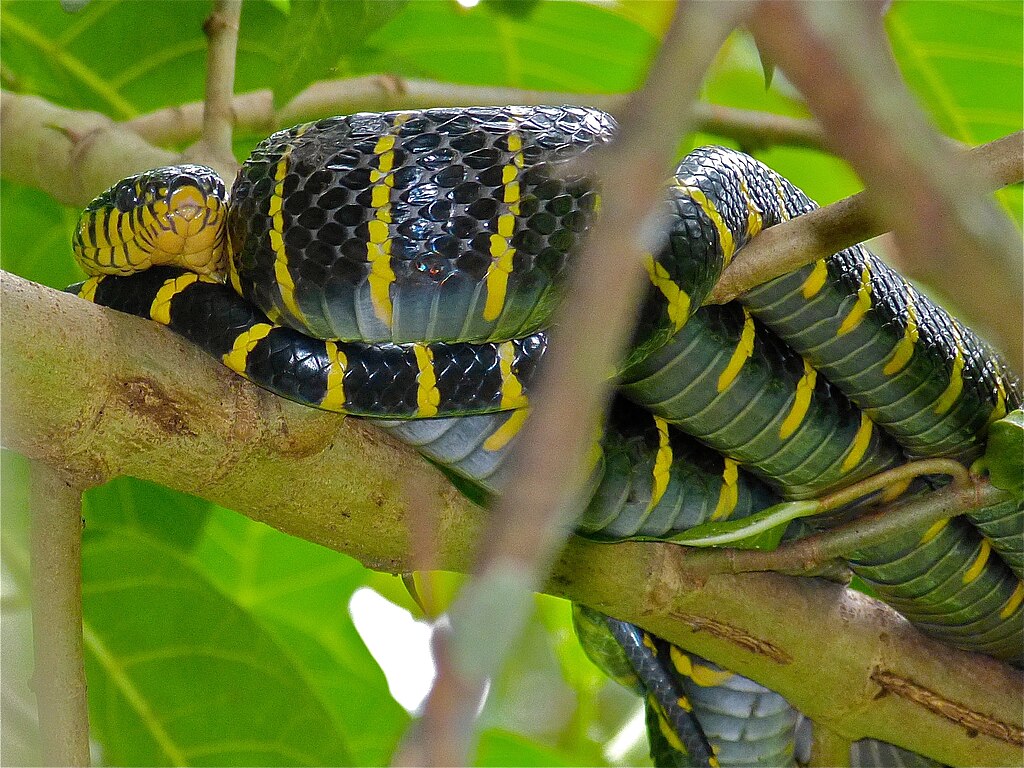
The seasonal shift in snake territorial behavior has significant ripple effects through their ecosystems. During breeding season, increased territorial behavior often results in wider dispersal of subordinate males who are driven away from prime territories by dominant individuals. This forced dispersal can increase gene flow between populations and reduce inbreeding risks in small populations. It also temporarily alters predator-prey dynamics, as territorial males may reduce hunting efforts while focusing on mate acquisition and territory defense. Outside breeding season, the relaxation of territoriality allows for more overlapping ranges and efficient resource use, with multiple snakes potentially utilizing the same shelter sites or hunting grounds without conflict. These seasonal ecological shifts demonstrate how reproductive behaviors can influence ecosystem functioning far beyond their immediate purpose. The ecological flexibility created by seasonal rather than permanent territoriality may contribute to the remarkable adaptive success of snakes across diverse habitats worldwide.
Species-Specific Variations in Territorial Behaviors
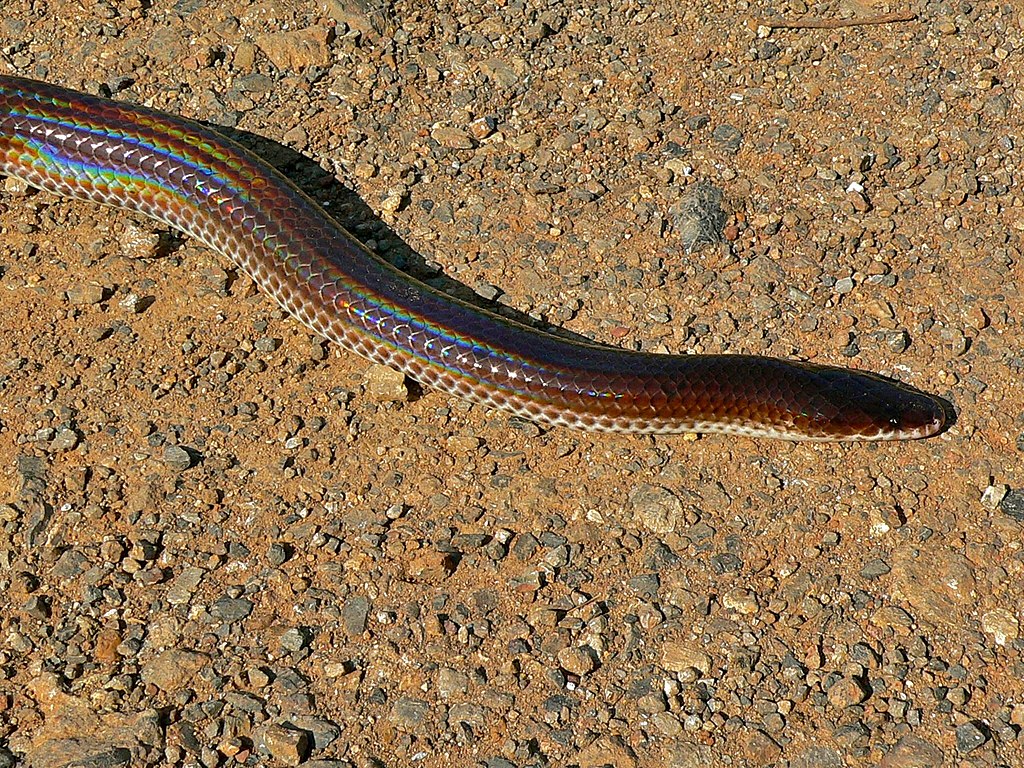
The expression of breeding season territoriality varies dramatically across snake species, reflecting their diverse evolutionary histories and ecological niches. Highly venomous species like king cobras exhibit some of the most dramatic territorial behaviors, with males defending large territories and constructing nests that they guard fiercely during breeding season. In contrast, many colubrid snakes display more subtle territorial behaviors, perhaps limited to specific microhabitats rather than large geographic areas. Aquatic species like water snakes often show territoriality linked to shoreline features where females congregate, while arboreal species may defend specific trees or branches that serve as courtship locations. These species-specific variations reveal how breeding season territoriality has been shaped by habitat structure, prey availability, predation pressure, and mating systems across the evolutionary history of snakes. The diversity of territorial expressions demonstrates the remarkable adaptability of reptilian behavioral systems to specific ecological contexts.
Temperature and Seasonal Territoriality Correlation
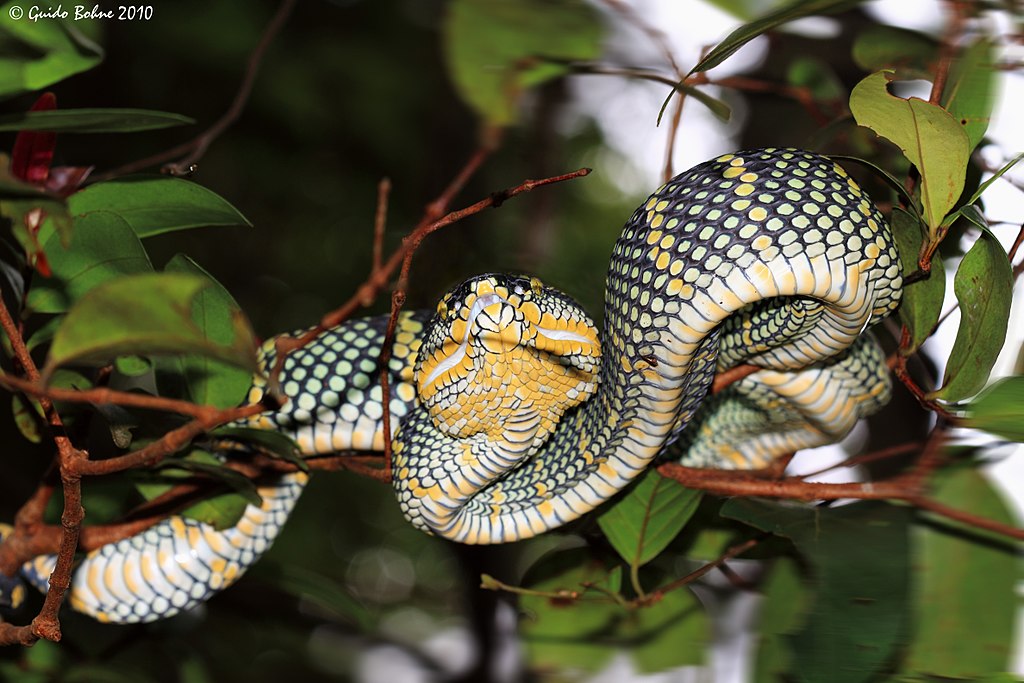
Temperature plays a crucial role in regulating when and how intensely snakes express territorial behaviors during breeding season. As ectotherms, snakes depend on external heat sources to power their metabolic processes, including the energy-intensive behaviors associated with territoriality and reproduction. In temperate regions, territorial behaviors typically emerge rapidly with the warming temperatures of spring, creating a compressed breeding season with intense competition. Tropical species often show more extended or even year-round breeding, but with peaks of territorial behavior corresponding to optimal temperature conditions or seasonal resources. For some species, there exists a narrow temperature window where territorial behaviors are most pronounced – warm enough for high activity levels but not so hot that overheating becomes a risk during combat or patrol behaviors. Climate change may disrupt these carefully evolved temperature triggers, potentially creating mismatches between territorial behavior onset and optimal breeding conditions. This temperature dependence further explains why territoriality is seasonally restricted rather than expressed year-round in most snake species.
Female Territoriality and Nesting Sites
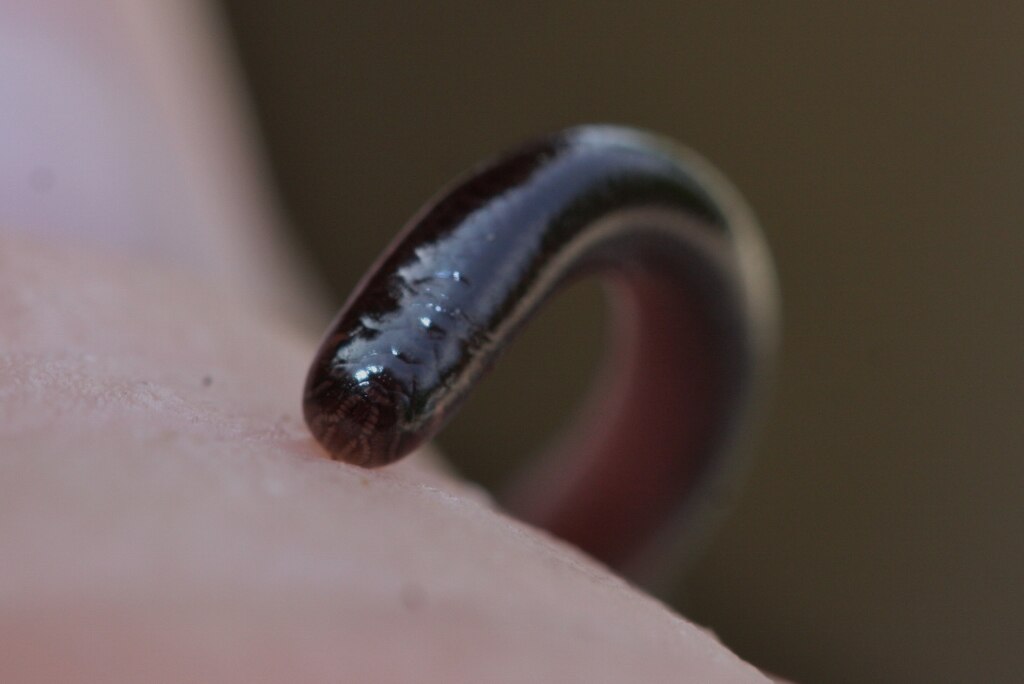
While male snakes receive more attention for their combat-oriented territorial behaviors, female snakes of many species also display breeding-season territoriality focused on securing quality nesting sites. This behavior is particularly evident in oviparous (egg-laying) species, where females may compete for specific microhabitats with ideal temperature, humidity, and protection characteristics for egg development. Female territorial behavior typically involves defending potential nesting areas weeks before actual egg deposition occurs. In some species, females may become highly aggressive toward other females who approach their selected nesting area, using threats displays or even physical confrontation to protect these critical resources. This female-driven territoriality disappears after eggs are laid, with many species abandoning their eggs entirely, though some (like pythons) transition from site defense to direct egg protection. The seasonal nature of female territorial behavior demonstrates its specific reproductive function rather than a general pattern of resource defense.
Chemical Signaling and Territorial Boundaries
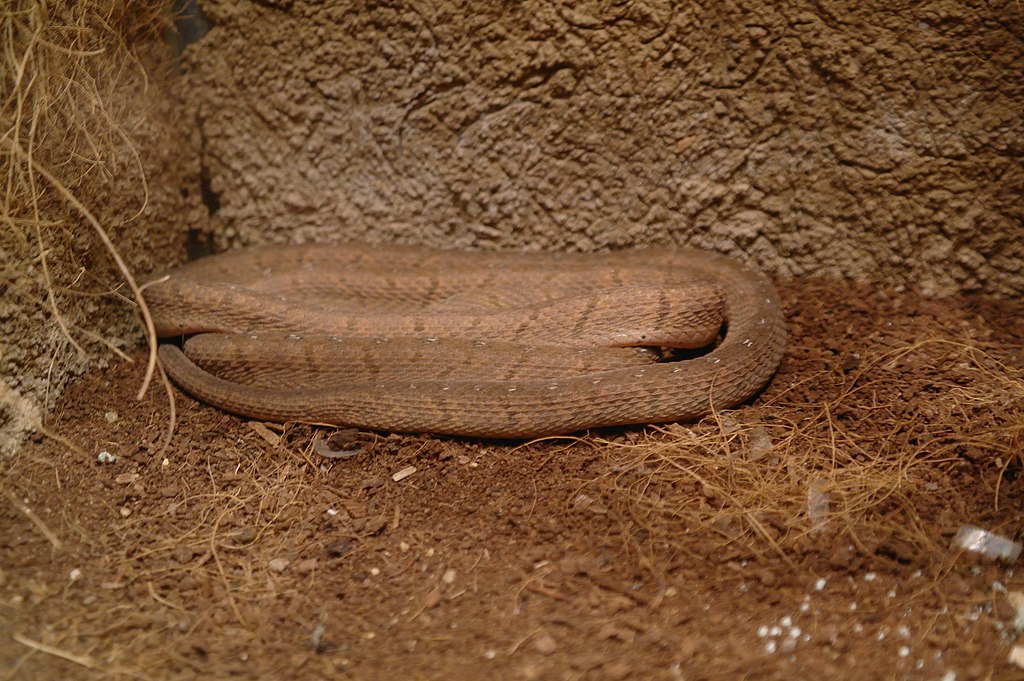
Snake territorial boundaries during breeding season are largely established and maintained through sophisticated chemical signaling rather than physical barriers. Males of many species deposit pheromone-laden secretions along territorial boundaries or drag their cloacal regions across the substrate to mark areas they claim. These chemical signals communicate information about the depositor’s size, health, and competitive ability to potential rivals. Other males can detect these chemical signatures through their vomeronasal organs when tongue-flicking, allowing them to assess the territory holder without direct confrontation. These chemical territory markers are produced in much greater quantities during breeding season, when specific scent glands become more active under hormonal stimulation. Outside breeding season, many species reduce or cease these marking behaviors entirely, allowing their chemical signals to dissipate without renewal. The seasonal nature of these chemical marking behaviors provides further evidence for the targeted, reproduction-specific nature of snake territoriality.
Evolutionary Advantages of Seasonal Territoriality

The evolution of season-specific territoriality represents an elegant solution to competing survival pressures faced by snakes. By restricting territorial behavior to breeding seasons, snakes optimize their energy allocation across the annual cycle, investing in defense only when it directly enhances reproductive success. This adaptation likely evolved in response to the high energetic costs and predation risks associated with territorial patrolling, combat, and vigilance behaviors. Year-round territoriality would be prohibitively expensive for most snake species, especially those in environments with significant seasonal variations in resource availability. The seasonal approach also allows for greater population densities during non-breeding periods, as multiple individuals can peacefully share high-quality habitat without conflict. From an evolutionary perspective, the system maximizes reproductive opportunities during breeding season while minimizing unnecessary competition during periods when cooperation (or at least tolerance) provides greater fitness benefits. This flexible approach to territoriality likely contributed to the successful radiation of snakes across diverse global habitats.
Conservation Implications of Breeding Season Territoriality
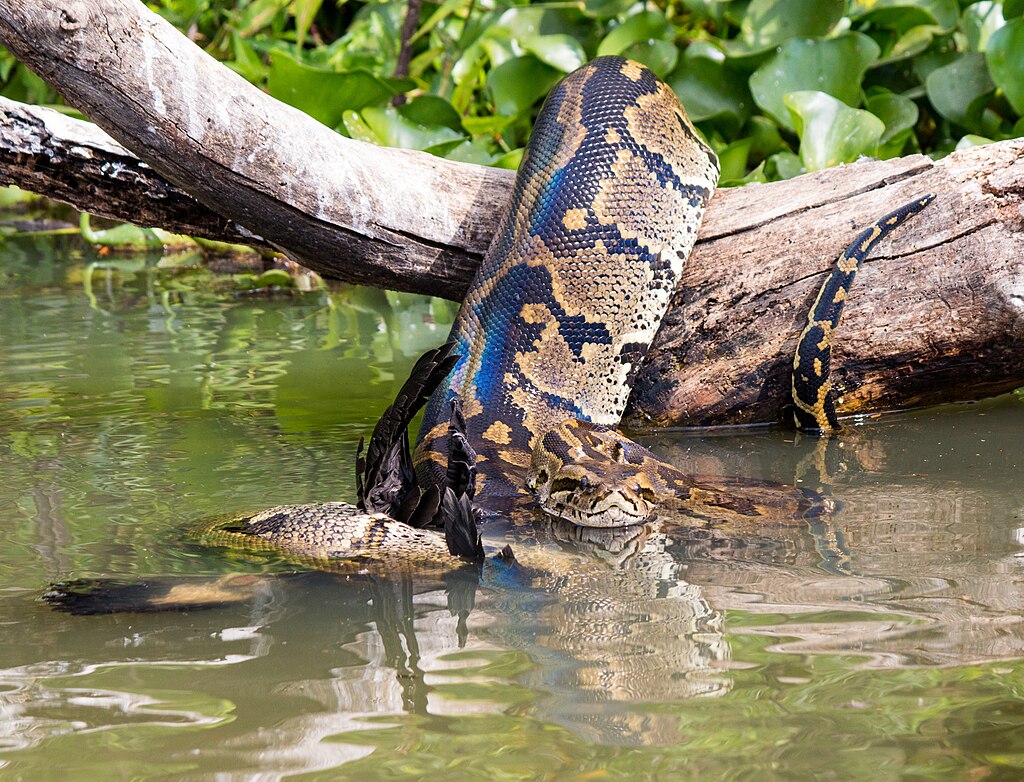
Understanding the seasonal nature of snake territoriality has important implications for conservation efforts targeting threatened snake species. Breeding season represents a period of heightened vulnerability for many snakes, as their increased movement, conspicuous behavior, and focus on reproduction rather than predator avoidance makes them more susceptible to predation and human encounters. Conservation strategies must account for these seasonal behavioral shifts, potentially implementing additional protections during known breeding periods when snakes may leave protected areas while searching for mates or establishing territories. Habitat fragmentation poses a particular threat to seasonally territorial species, as it may force males to defend suboptimal territories or travel through dangerous areas to find mates. For captive breeding programs, replicating the environmental cues that trigger territorial behavior may be essential for successful reproduction. By incorporating knowledge of seasonal territoriality into conservation planning, we can better protect these remarkable reptiles during their most behaviorally complex and vulnerable periods.
Future Research Directions and Unanswered Questions

Despite significant advances in understanding snake breeding season territoriality, many questions remain unanswered and warrant further investigation. The neurological mechanisms that integrate environmental cues with hormonal changes to trigger territorial behavior remain poorly understood for most species. Similarly, the genetic basis for territorial behavior variations between individuals and populations represents a promising research frontier. Climate change impacts on the timing and expression of breeding season territoriality require urgent study, as shifting temperatures may disrupt the carefully evolved synchrony between territorial behavior and optimal breeding conditions. New technologies like miniaturized GPS tracking, environmental DNA sampling, and hormone monitoring implants offer promising tools to better understand these complex behavioral patterns in wild populations. Comparative studies across related species with different territorial expressions could illuminate the evolutionary pathways that shaped these behaviors. As our understanding grows, we gain not only scientific knowledge but also practical insights that can inform conservation efforts for these remarkable reptiles.
The seasonal expression of territoriality in snakes represents a fascinating window into the complex interplay between behavior, ecology, and evolution. By restricting aggressive territorial defense to breeding seasons, snakes have evolved a sophisticated energy management strategy that maximizes reproductive success while minimizing unnecessary competition. The diverse manifestations of this behavior across species reflect the remarkable adaptability of reptilian behavioral systems to specific ecological contexts. From hormone-driven combat rituals to chemical boundary marking, these seasonal behaviors demonstrate how reproduction shapes fundamental aspects of snake ecology. As climate change and habitat loss increasingly threaten snake populations worldwide, understanding these seasonal behavioral shifts becomes ever more important for effective conservation. The elegant solution of seasonal territoriality reminds us that in nature, timing is everything—a lesson snakes have perfected over millions of years of evolution.

